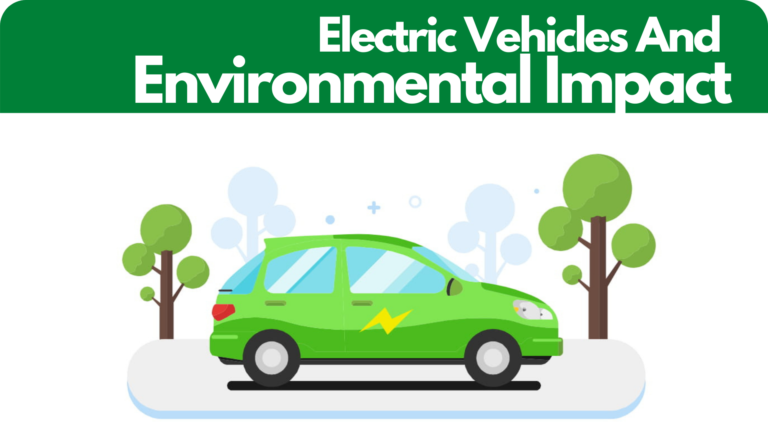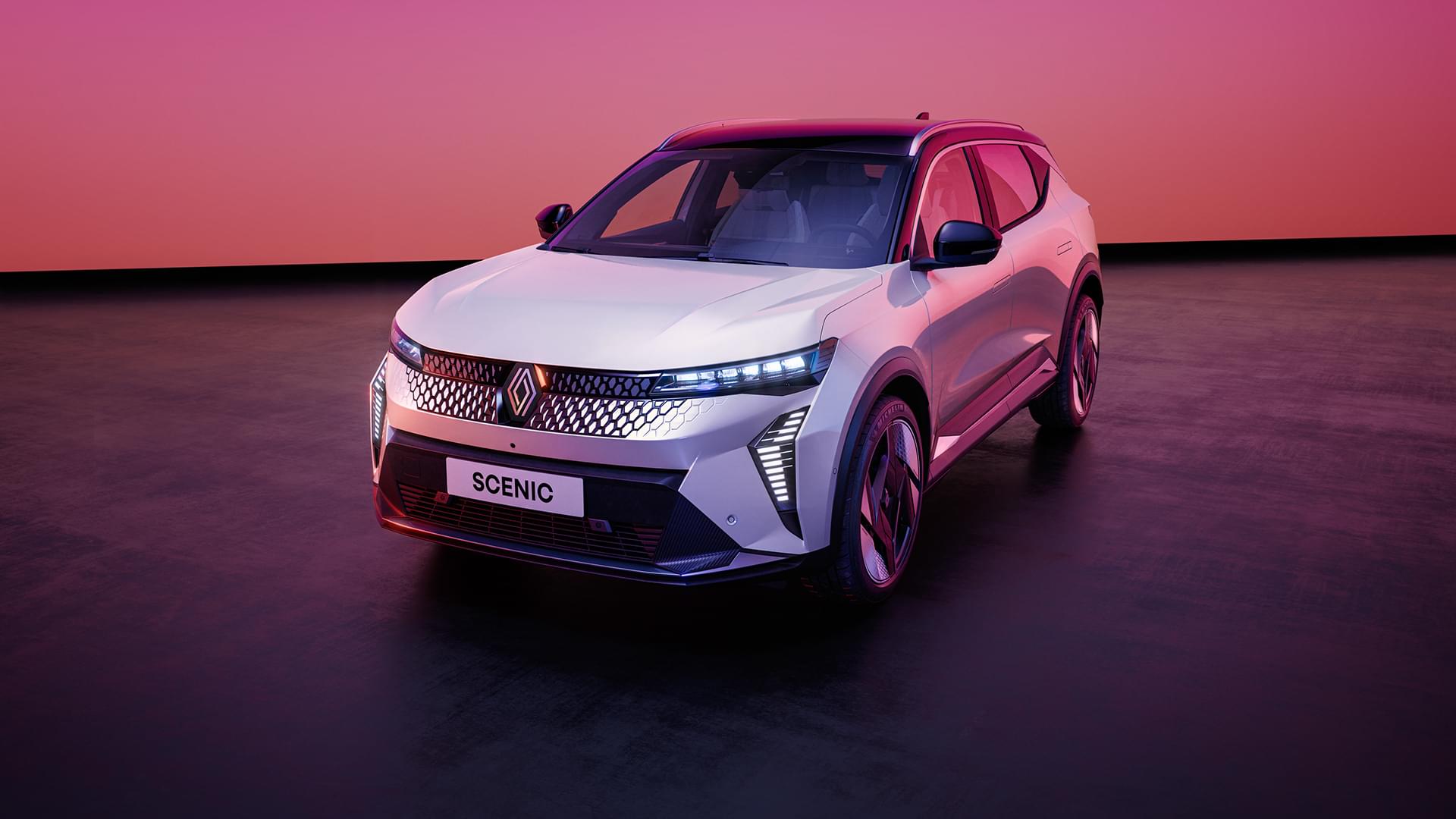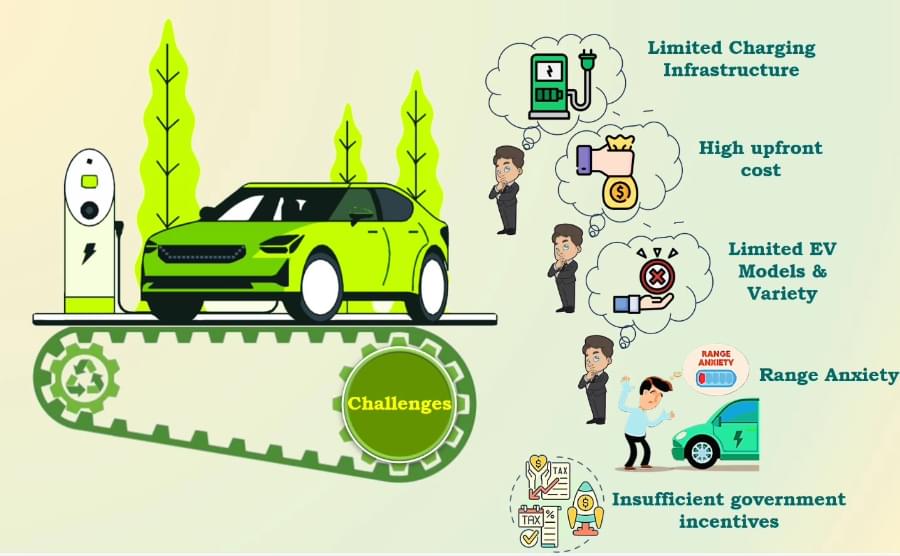The Environmental Impact of Electric Vehicles in Canada and the USA
wordpress-Default July 4, 2024 0 COMMENTS
Electric vehicles (EVs) have emerged as a promising solution to mitigate the environmental impact of transportation, offering significant reductions in greenhouse gas emissions compared to conventional internal combustion engine vehicles. As countries like Canada and the USA strive to meet ambitious climate targets, understanding the environmental benefits and challenges of EV adoption becomes increasingly crucial.
Greenhouse Gas Emissions Reductions
One of the primary motivations for promoting EVs is their potential to reduce greenhouse gas (GHG) emissions. According to studies, EVs produce zero tailpipe emissions during operation, which eliminates direct emissions of carbon dioxide (CO2), nitrogen oxides (NOx), and particulate matter that contribute to air pollution and climate change. This benefit is particularly pronounced in urban areas where air quality improvement is a priority.
In Canada, where the transportation sector is a significant contributor to GHG emissions, the adoption of EVs plays a pivotal role in achieving national emission reduction targets under the Pan-Canadian Framework on Clean Growth and Climate Change. Similarly, in the USA, transportation is the largest source of GHG emissions, and promoting EVs aligns with efforts outlined in the Clean Power Plan and the Paris Agreement commitments.
Life Cycle Analysis
While EVs produce no tailpipe emissions during operation, their overall environmental impact extends beyond just driving emissions. Life cycle assessments (LCAs) consider the environmental impacts associated with manufacturing, charging, and disposal of EV batteries. Key factors include the energy sources used for electricity generation, materials used in battery production, and the efficiency of recycling processes.
Studies suggest that despite the emissions associated with manufacturing and battery production, EVs still offer a net reduction in life cycle emissions compared to conventional vehicles over their lifetime. Advances in battery technology, such as the shift towards lithium-ion batteries and improvements in manufacturing efficiency, continue to improve the environmental profile of EVs.
Renewable Energy Integration
The environmental benefits of EVs are further enhanced when coupled with renewable energy sources. Both Canada and the USA are investing in renewable energy infrastructure, including wind, solar, and hydroelectric power. Integrating EVs with renewable energy helps to decarbonize the electricity grid, reducing the indirect emissions associated with charging EVs.
In Canada, provinces like British Columbia and Quebec have abundant hydroelectric resources, making EVs charged on their grids virtually emissions-free. Similarly, states in the USA, such as California, are leaders in renewable energy adoption, which complements their ambitious goals for EV deployment and emissions reductions.
Challenges and Considerations
Despite the clear environmental benefits, several challenges and considerations remain for widespread EV adoption:
- Charging Infrastructure: Building a robust network of EV charging stations is essential to support increased EV adoption. Both countries are investing in expanding charging infrastructure, particularly along major transportation routes and in urban centers.
- Battery Recycling: Proper management and recycling of EV batteries are critical to minimize environmental impact and maximize resource efficiency. Developing efficient recycling technologies and establishing recycling facilities are essential steps for the sustainable growth of the EV industry.
- Grid Resilience: Scaling up EV adoption requires careful consideration of grid resilience and capacity. Smart charging technologies and demand-response programs can help manage electricity demand and integrate EVs without compromising grid stability.
Policy and Incentives
Governments in Canada and the USA play a pivotal role in accelerating EV adoption through policy initiatives and incentives:
- Purchase Incentives: Rebates and tax incentives encourage consumers to buy EVs, making them more affordable compared to traditional vehicles.
- Infrastructure Investments: Funding programs support the development of charging infrastructure, including public and workplace charging stations.
- Regulatory Standards: Emission regulations and fuel economy standards incentivize automakers to produce more efficient and zero-emission vehicles.
- Research and Development: Investments in R&D foster innovation in battery technology, manufacturing processes, and sustainable transportation solutions.
The environmental impact of electric vehicles in Canada and the USA represents a significant opportunity to reduce greenhouse gas emissions, improve air quality, and promote sustainable transportation solutions. While challenges such as charging infrastructure and battery recycling require ongoing attention, the overall trajectory towards a cleaner transportation sector is promising. Continued collaboration between governments, industries, and stakeholders will be essential to realizing the full potential of electric vehicles in mitigating climate change and fostering a more sustainable future.
As both countries continue to navigate the transition to electric mobility, addressing these environmental considerations will be paramount in achieving long-term environmental and societal benefits. Electric vehicles not only represent a technological advancement in transportation but also a critical component of broader efforts to combat climate change and build resilient, low-carbon economies.








